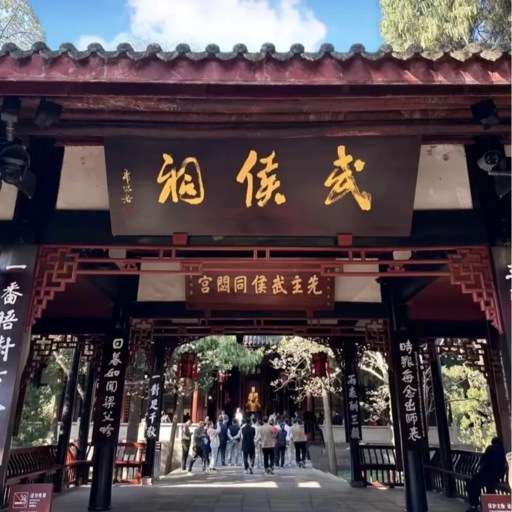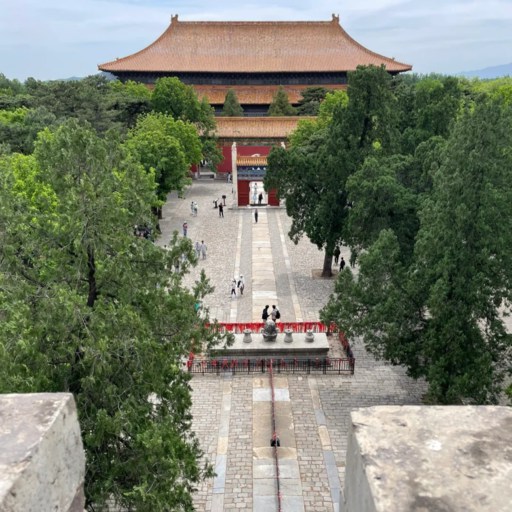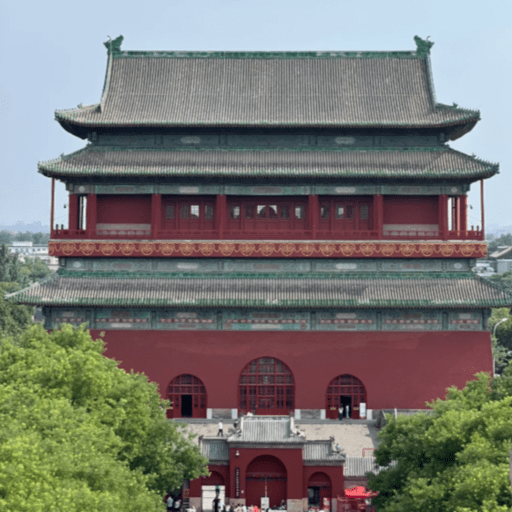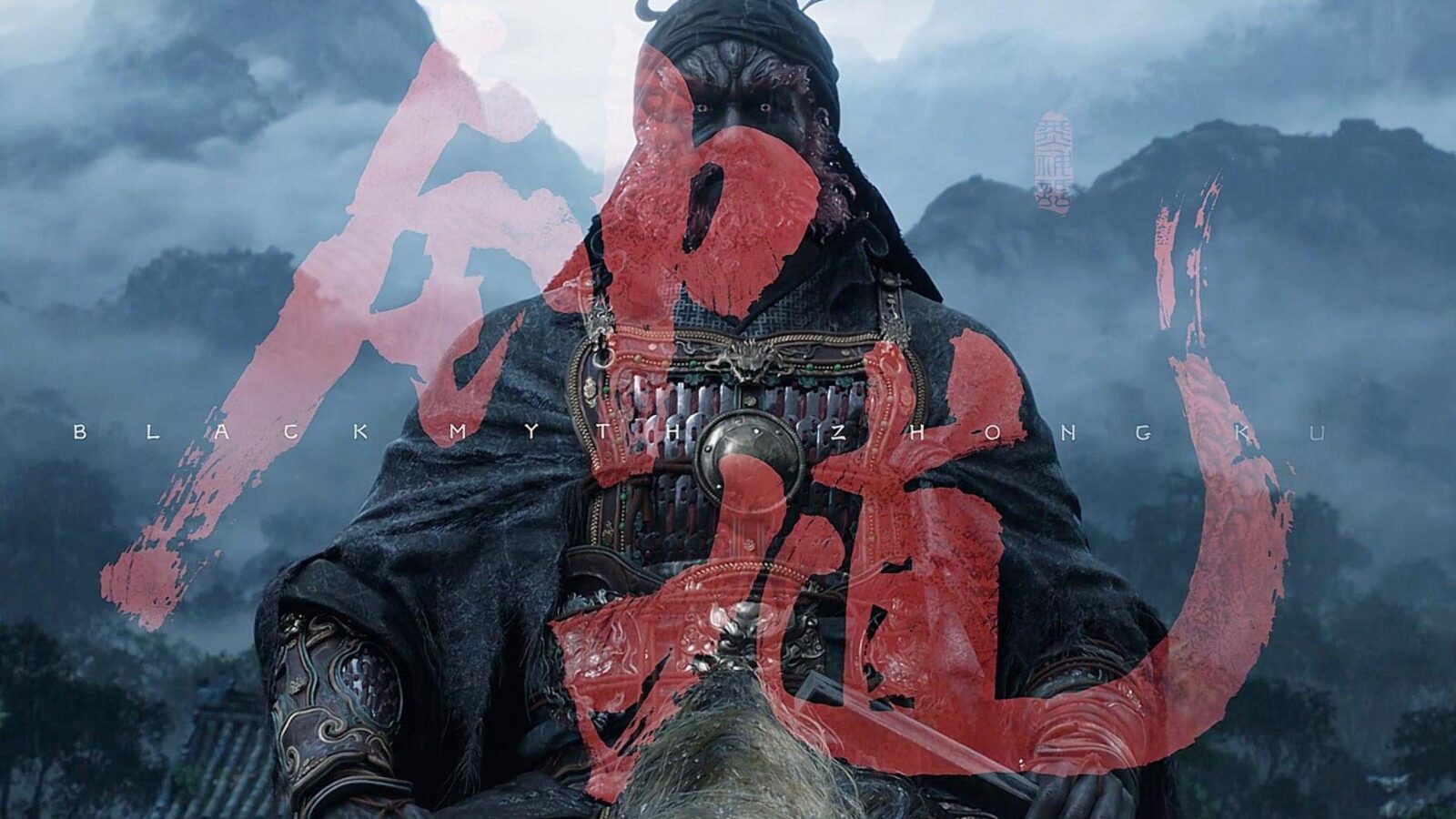
Black Myth Zhong Kui
Although the official release may still be far away, Game Science chose the now-symbolic date of “820” to reveal its new title, Black Myth: Zhong Kui. At Gamescom—the very stage that once gave Black Myth: Wukong its enormous confidence boost—the latter appeared as the “One more thing” during the pre-show conference. This alone shows the studio’s rising status, while also sparking confusion: why not the long-awaited Wukong DLC? More directly—why Zhong Kui?
Admittedly, the question of “why” is subjective. Knowing Game Science’s personality as a company, one might simply answer: “because we wanted to.” But compared with Journey to the West, Zhong Kui is far less universally recognized; many only know him as a ghost-hunter figure. So, instead of over-interpreting, it’s worth laying out the facts first.
Who is Zhong Kui?

Ghost Exorcising Blessing Bestowing Painting
Zhong Kui is a well-known character in Chinese folk legend. Many people know sayings like 'Zhong Kui earns money by exorcism'. If you trace back his origin, you find something surprising: Zhong Kui began not as a person, but as an object—a ritual tool called zhongkui (originally a mace) used to chase plagues and evil spirits. Qing scholar Gu Yanwu wrote in his Rizhi Lu that the characters for 'zhongkui' are a phonetic shift from 'zhongkui' (钟馗). Long before he appeared as a deity, "Zhong Kui" already existed as a protective concept.
Over time, the tool took human form. Han dynasty documents describe shamans striking spirits with iron clubs, and this shows cultural continuity. By the Tang dynasty, Zhong Kui’s persona grew rapidly in popularity. The dream of Emperor Xuanzong combined with Wu Daozi’s painting of Zhong Kui capturing ghosts to give this figure a fierce, recognizable face.
Song scholar Shen Kuo later recorded him systematically in the Dream Pool Essays. That text established his place in written tradition. Moreover, in folk practice, people performed rituals by hanging Zhong Kui’s image during the Dragon Boat Festival. His influence spread beyond China as well. In Japan, he was revered as the demon slayer who fought the gods of smallpox. The warlord Saito Toshinaga earned the nickname "Echigo Zhong Kui." Even the Japanese Imperial Army named its Ki-44 fighter after him. These cultural adoptions across borders added to his charisma and reinforced his myth.
Clues in the PV
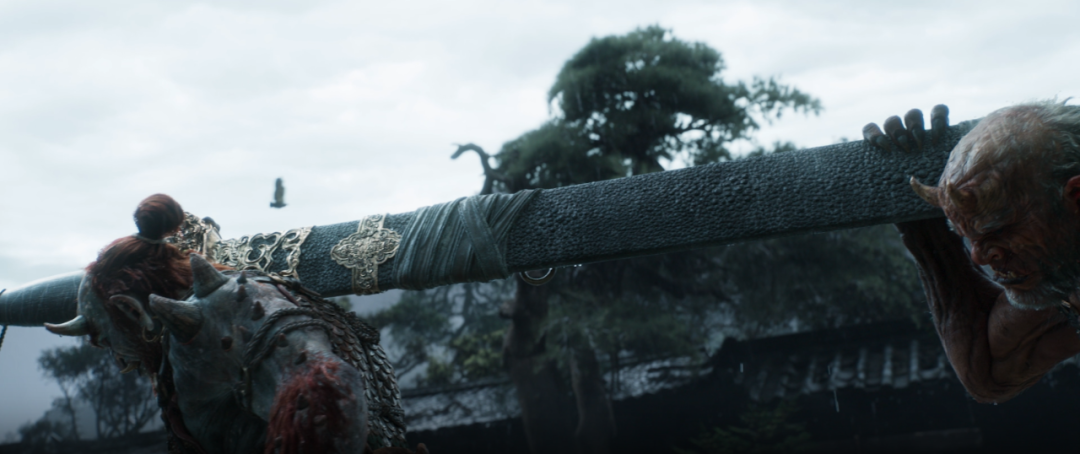
Goblin carrying a giant sword in PV
The teaser runs just 1 minute 55 seconds but offers much to see. It opens with two servants whispering, using the term "Great King." The camera shows two massive attendants with swords, reminiscent of Wukong's demon generals. It then pans upward to Zhong Kui seated sternly on a tiger.
In texts like Records of Demon Slaying, Zhong Kui travels with judges and ghostly underlings. The phrase "Return to the mountain" may hint at a quest related to a ghost king. With Wukong’s many bosses, this "king" could be only one among many. Therefore, the PV feels more like a mission fragment than a complete narrative. It is difficult to say whether the game will show Zhong Kui's entire transformation from scholar into Demon Queller, or only a single chapter. As a result, speculation continues to grow among fans.
The Potential of Adapting Zhong Kui
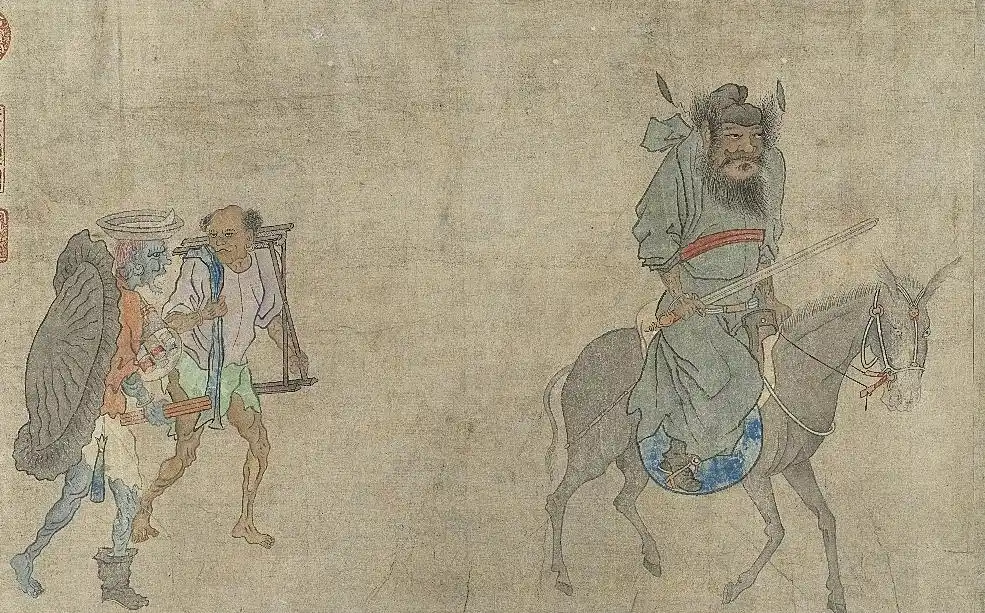
Zhong Kui Hunting Painting
Zhong Kui has appeared in many cultural works. The 1994 TV drama Master Zhong Kui still holds audiences and became a model for later adaptations. The 2010 remake portrayed him as a more compassionate judge.
The 2015 film Zhong Kui: Snow Girl and the Dark Crystal tried to reimagine him as a conflicted young hero, but it failed to convince viewers. In the game Honor of Kings, he appears as a support hero with a terrifying hook ability. This depiction shows him as a spectral judge. His adaptability demonstrates why he is both valuable and difficult to portray consistently. Furthermore, every adaptation highlights different aspects of his myth, which makes his cultural impact more complex.
If Zhong Kui does not fight ghosts, he faces other demons. Folk tales describe fox-fairies, water ghosts, and drought demons. Ancient texts like Shan Hai Jing and Sources of the Weird mention human sacrifices to such spirits. With a split personality, his gameplay should combine spellcraft with close combat. Items like the Demon-Revealing Mirror or cinnabar brush can easily become part of in-game mechanics. Consequently, developers have fertile ground for creativity.
Release Cycle Speculation
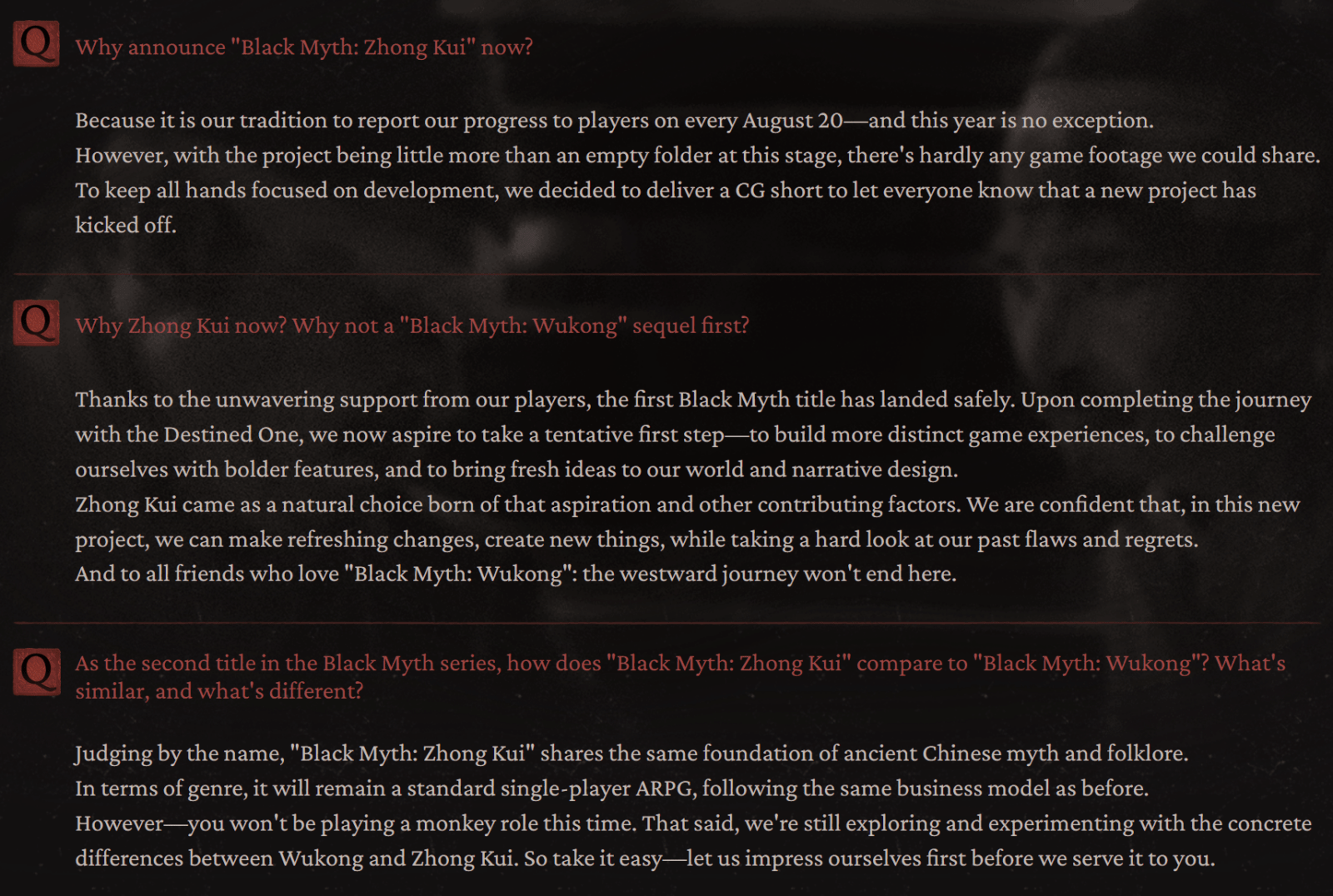
Official Q&A
Wukong appeared in August 2024, four years after its first reveal in 2020. Zhong Kui so far has only a CG teaser, not a 13-minute gameplay reveal. By that measure, a four-year timeline seems likely, meaning around 2028. However, Game Science now has a full pipeline and industrialized production. With greater experience, they might shorten development. Fans still need to expect a wait of several years before Zhong Kui becomes reality. Therefore, patience remains essential for players.
DLC and the Bigger Universe
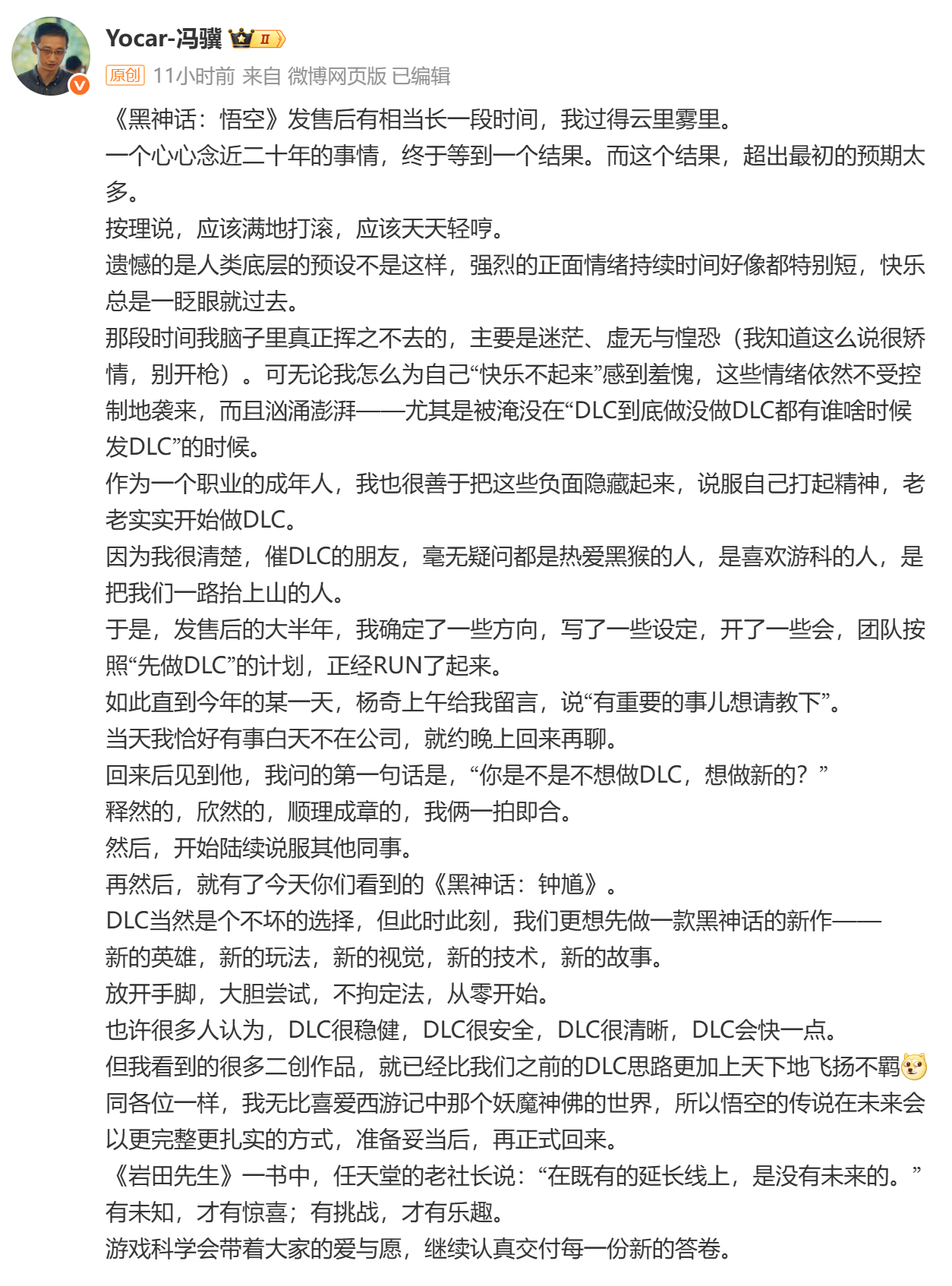
Feng Ji made a post
Producer Feng Ji said that after Zhong Kui, the studio would likely skip Wukong DLC and move directly to Wukong 2. This shows that Black Myth is no longer about one myth but about an entire trilogy of folklore—the "Chinese Myth Universe." From Wukong to Zhong Kui, the project grows more ambitious. If Zhong Kui is the next step, Wukong remains the base. To understand Black Myth: Zhong Kui, readers must see its cultural roots in Black Myth: Wukong. Thus, the larger vision becomes clear.
How Black Myth Builds on Journey to the West
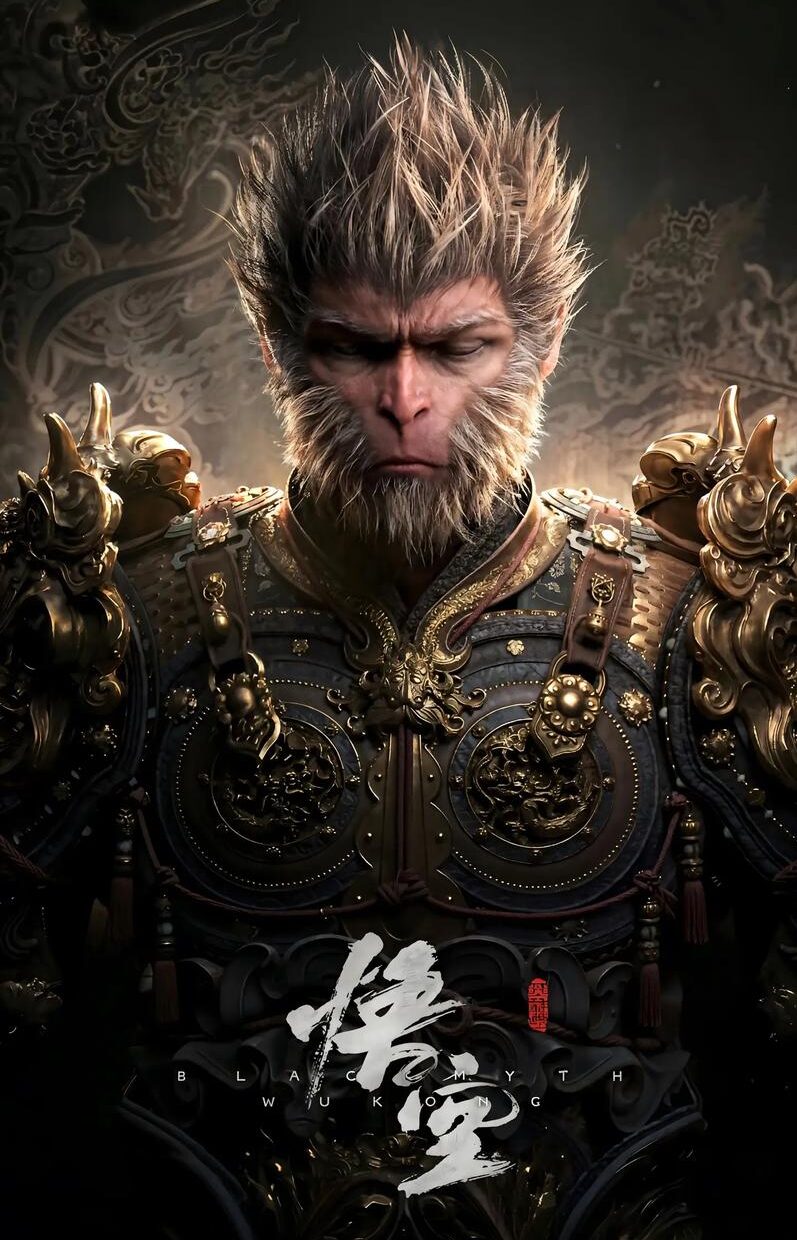
Black Myth: Wukong
Journey to the West, once the domain of monks, remains an influential work today. Its content, images, and expressions range from misty and obscure to striking and clear. Black Myth: Wukong tells the Chosen One's search for Wukong's six senses. These span six places: Black Wind Mountain, Yellow Wind Ridge, Little Western Heaven, Pansi Cave, Flaming Mountain, and Flower-Fruit Mountain. Each site is not random. Instead, each becomes a narrative gateway in Journey to the West.
Black Wind Mountain represents human desire. Yellow Wind Ridge hides animal-symbol evolution. Little Western Heaven reflects temple politics. Pansi Cave tells gender allegories. Flaming Mountain dramatizes family ethics. Flower-Fruit Mountain, from the “True and False Monkey King,” examines Wukong's philosophical being. Scholars argue that these events address faith, morality, and divine versus demon nature. This framework gives the story deeper meaning beyond surface fantasy. Therefore, it becomes a mythology that speaks to humanity.
Symbolism in Black Wind and Yellow Wind
The Black Wind Mountain robe is not simply a prop. It symbolizes death and rebirth. In the game, Guanyin says: “If I don’t wear this robe, who will believe I’ve cast off worldly desires?” Yellow Wind Mountain tells a different story. Early plays described a Tiger General as the villain, representing greed. Later versions shifted the role to a rat demon to avoid repetition. This change shows how Journey to the West evolved with each retelling, adding cultural layers. These elements demonstrate that Black Myth is not only about fighting monsters. Instead, it is about placing Chinese myth into a deep context filled with resonances. Consequently, the symbolism enriches both narrative and gameplay.
Traveling with Zhong Kui: Where Myth Meets Real Places
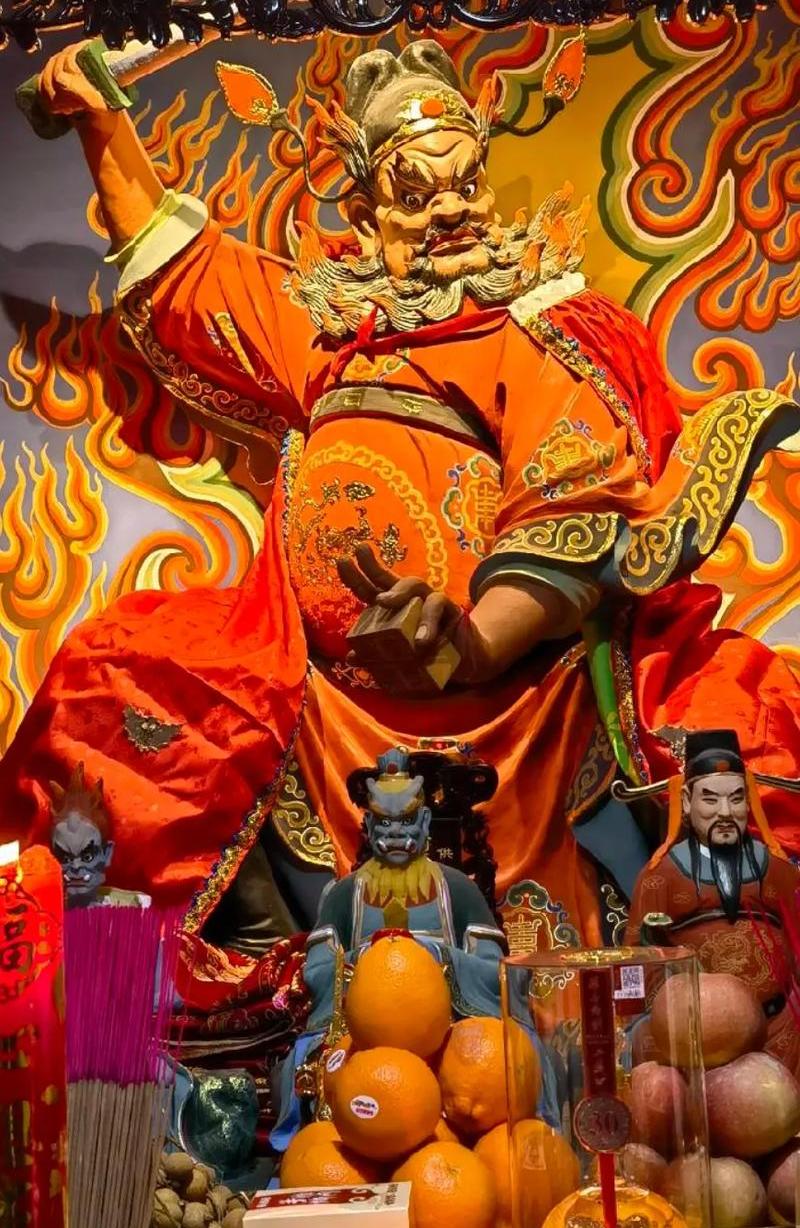
Zhong Kui Temple
Zhong Kui Temples can be found in many parts of China and abroad. The core area is in Hu County, Xi’an, Shaanxi Province, where his legend is said to originate. In Zhouzhi County, Xi’an, there is the Zhong Kui Hometown Temple in Zhongnan Town, and in Huyi District, Xi’an, travelers can visit the Zhong Kui Temple in Ganhe Town or the Zhong Kui Palace in Shijing Town. In Zhuzhou City, Hunan Province, a temple stands on Qingshui Road in Shifeng District, while Guangxi’s Fusui County also hosts one. Beyond Shaanxi, Zhong Kui Temples appear in Beijing, Taiwan, and even abroad, in places like Japan and the United States.
For visitors, these temples are not just religious buildings but cultural landmarks. Zhong Kui, originally a Tang dynasty scholar, was deified by Emperor Xuanzong as the “Holy Lord of Blessing and House Protection.” His classic image, created by the artist Wu Daozi, still stares down from temple walls with fierce eyes and a flowing beard. During the Spring Festival, households hang portraits of Zhong Kui to ward off evil and invite blessings. Folk arts such as paper cutting and community contests further enrich the atmosphere.
Practical tips: The Zhong Kui Hometown Temple in Zhongnan Town (Zhouzhi County, Xi’an) usually opens daily from 8:30 a.m. to 5:00 p.m., with a small entrance fee of around 20 RMB. The Zhong Kui Temple in Ganhe Town, Xi’an, is generally free to enter, though donations are welcome. In Zhuzhou City, Hunan, the Qingshui Road Zhong Kui Temple is accessible by local bus lines, and admission is free. These details help international travelers plan visits more smoothly.
This living tradition explains why Game Science chose Zhong Kui as a cornerstone of the Black Myth universe: his story is grounded in real places, festivals, and enduring culture that travelers can still experience today.
Q: Was Zhong Kui originally a human or a deity?
A: Zhong Kui began as a ritual tool, a mace used to fight plagues and evil. Over time, cultural stories transformed this object into a human-like guardian. By the Tang dynasty, he appeared in Wu Daozi’s painting and in Emperor Xuanzong’s dream, and he became a deity figure. Therefore, his legend bridges the gap between object and person.
Q: Why is Zhong Kui linked to the Dragon Boat Festival?
A: Families hang Zhong Kui images during the festival to ward off spirits and disease. His fierce face became a symbol of defense. Today, his image still appears on doors alongside herbs. For travelers, these decorations in June highlight living folklore. Moreover, the practice continues to tie communities to their history.
Q: How did Zhong Kui spread beyond China?
A: His legend crossed to Japan, where he fought smallpox demons. Warlord Saito Toshinaga was called “Echigo Zhong Kui.” The Japanese army even named a fighter plane after him. These examples show his myth could adapt to new contexts. Furthermore, such adoptions prove his universal appeal.
Q: Why is adapting Zhong Kui in games difficult?
A: He has many faces: terrifying judge, conflicted scholar, or compassionate hero. Film and TV portray him differently, and this makes it hard for developers to choose one version that satisfies everyone. As a result, game creators face a unique challenge.
Q: When could Black Myth: Zhong Kui be released?
A: Wukong took four years from reveal to release. Zhong Kui might follow a similar cycle, meaning 2028. However, Game Science now has more resources, so development could move faster. Therefore, a slightly earlier release cannot be ruled out.
Q: What connects Black Myth: Zhong Kui with Black Myth: Wukong?
A: Black Myth is a trilogy of myths. Wukong laid the base, and Zhong Kui expands the universe into underworld stories. Together, they create a broader "Chinese Myth Universe." Consequently, both titles serve as building blocks for the same vision.
Q: What items are linked to Zhong Kui?
A: He carries objects like the Demon-Revealing Mirror and cinnabar brush. They reflect Taoist magic and folk imagination. In a game, these items can become powerful abilities. Moreover, they reinforce cultural authenticity.
Q: Has Zhong Kui appeared in TV or film?
A: Yes. The 1994 drama Master Zhong Kui showed him as a stern exorcist. The 2010 remake softened his image. The 2015 film tried a romantic hero version but failed. Each adaptation reflects the taste of its time. Thus, he remains an adaptable figure.
Q: How is Zhong Kui shown in games today?
A: In Honor of Kings, he is a support hero with a hook skill. This version focuses on battle control rather than folklore. It proves how flexible his myth remains in gaming. Therefore, even esports culture now embraces him.
Q: What does Zhong Kui symbolize in culture today?
A: He stands for justice, courage, and protection of ordinary people. His image still appears on New Year charms and festival art. He remains a symbol of resilience against both real and imagined demons. Consequently, his cultural power endures.
